Orthodontics
Orthodontics
Orthodontics With Transparent Aligners
Modern orthodontics align teeth without anyone noticing that you are wearing braces.
In fact, using a clear aligner does not impact your daily life, privately or professionally.
Every week, you will wear a slightly different aligner to guide your teeth until they reach the final desired position.
What are the advantages of lingual orthodontics using the Incognito method ?
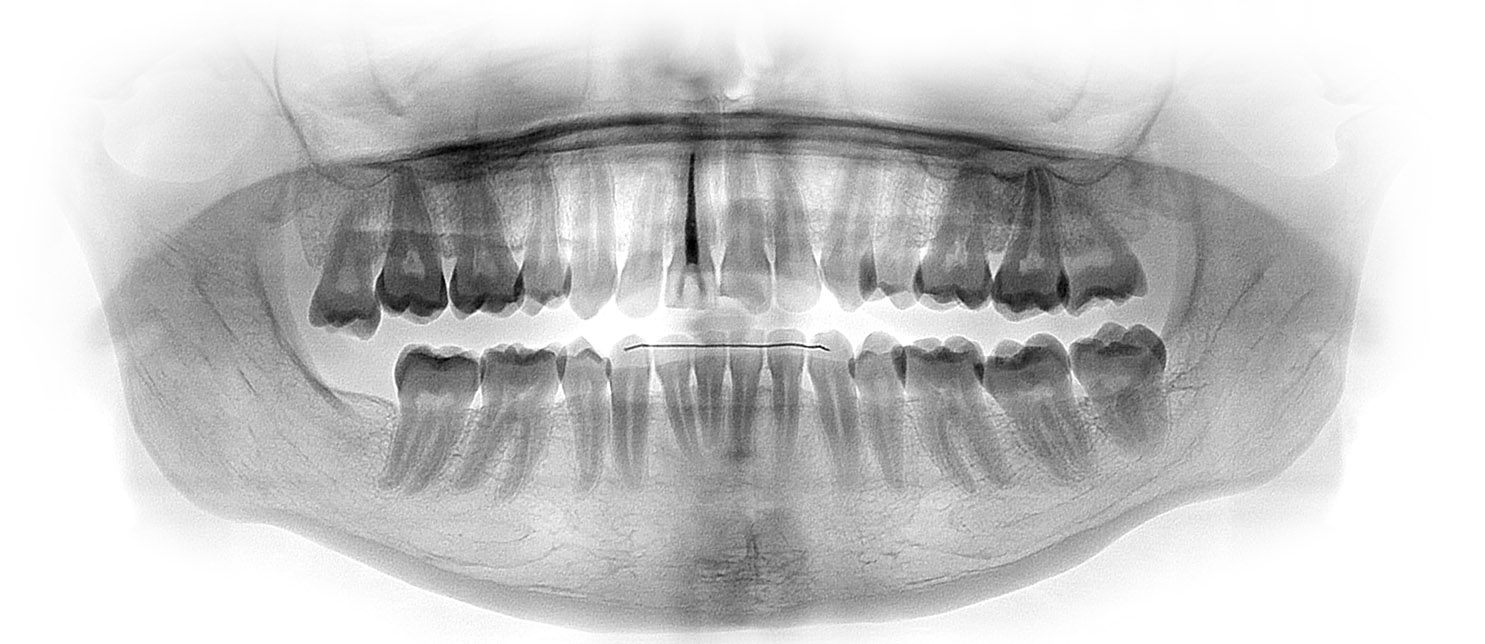
1 – At the first appointment of your orthdontic treatment, a panoramic X-ray will be taken. Your case will then be analysed by our practitioner who will explain the corrections needed to improve your smile. You will be given a full quote with an estimate of the treatment duration.
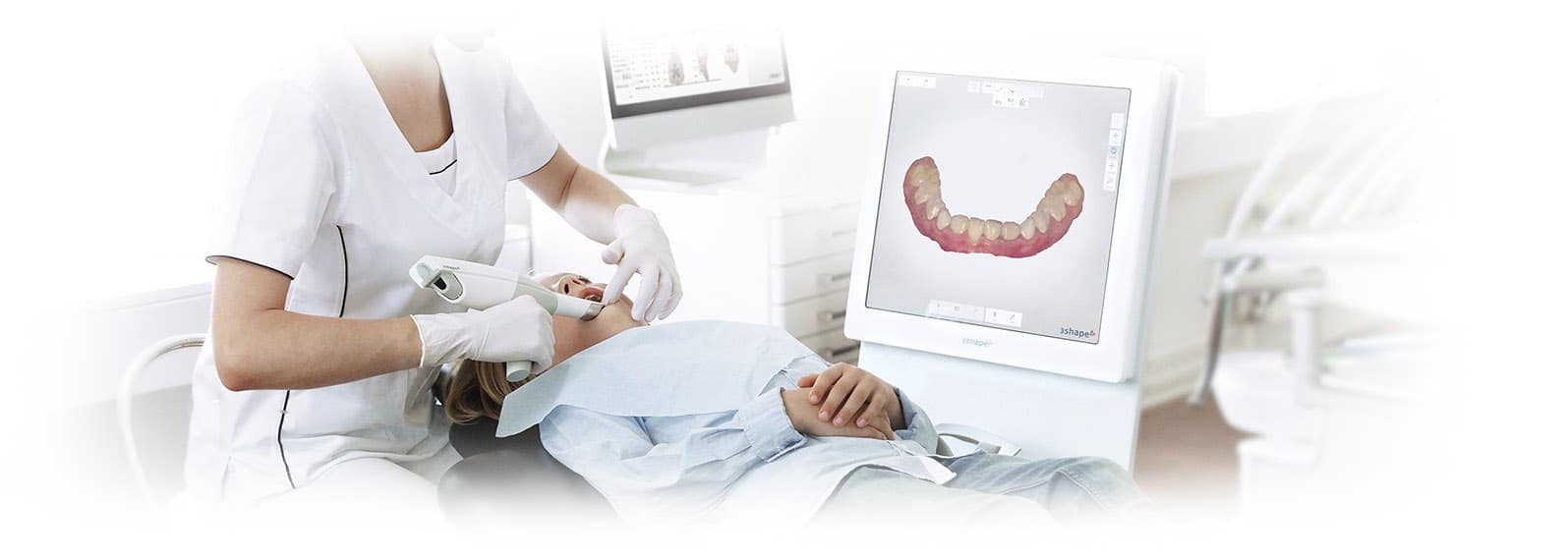
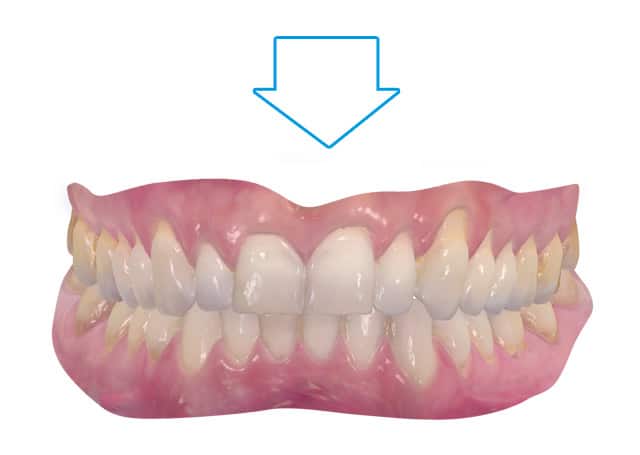
2 – The second appointment will involve a 3D optical impression of your mouth thanks to our next generation intraoral scanner. This extremely precise optical impression will allow us to simulate the final result of your orthodontic treatment in 3D.
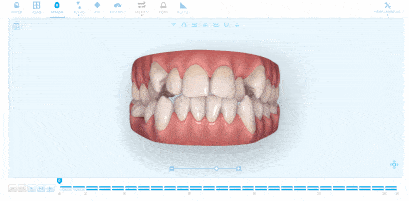
3 – Using 3D software, we will then simulate all the dental movements necessary to perfectly correct your teeth. The final result will be shown and explained to you at the third appointment.

4 – At the 4th appointment, you will begin your orthodontic treatment with clear aligners. You will be provided with comprehensive explanatory brochures as well as various tips.
5 – During your orthodontic treatment, you should visit us in Brussels every 8 to 10 weeks, until they consider your treatment complete.
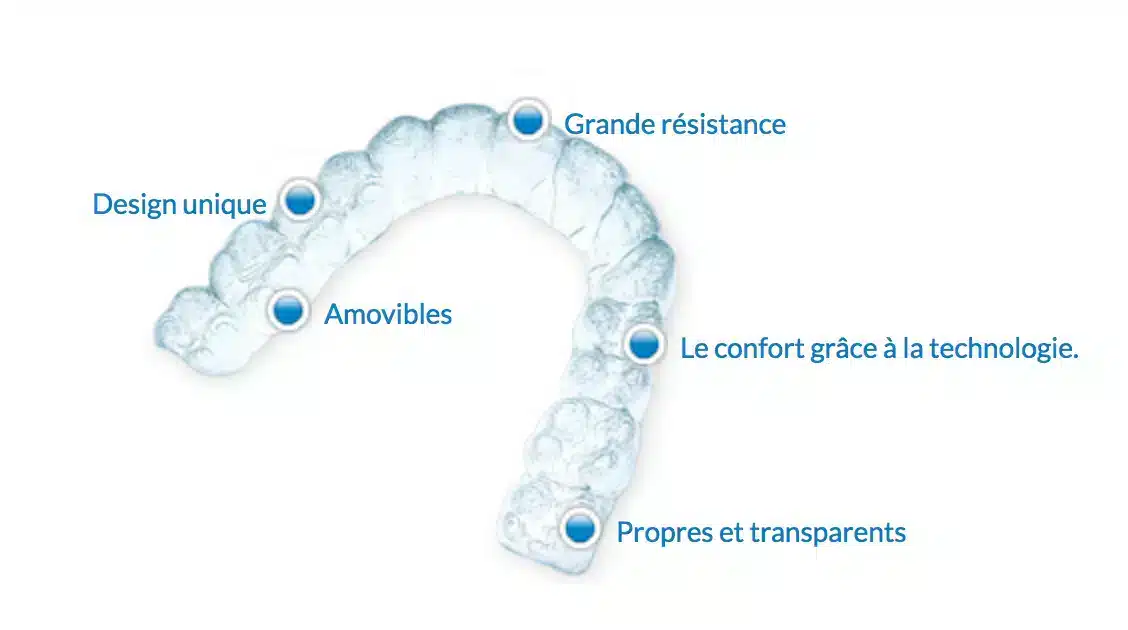
6 – Once your treatment is finished, maintain your new smile with retainers. This will stabilise your teeth in their new positions so they do not move.
Examples of treatment :
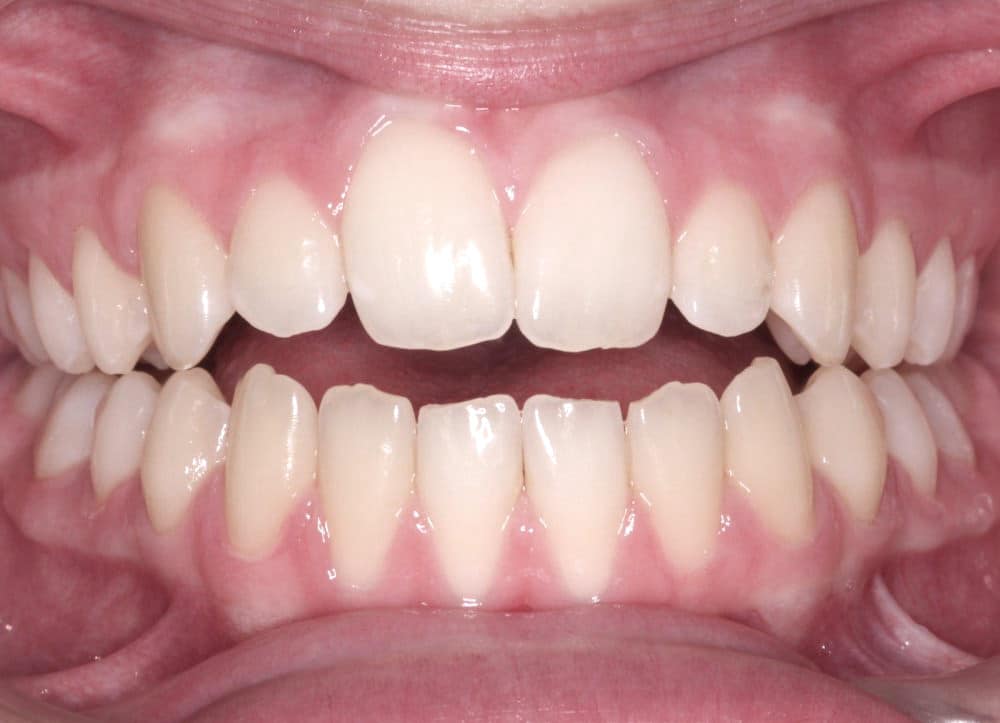
Before :
The open bite is characterised by a gap between the teeth of the upper and lower arch. It can lead to a speech disorder, difficulty eating and an unsightly smile.
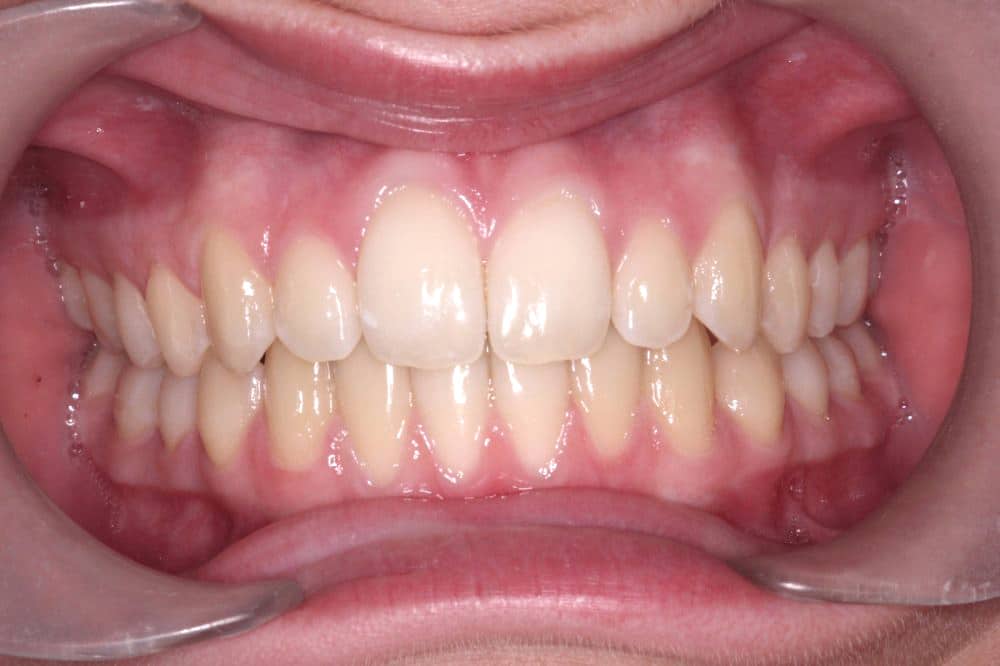
After :
The correction of the open bite gives the patient a pleasant smile along with improved chewing and speech.
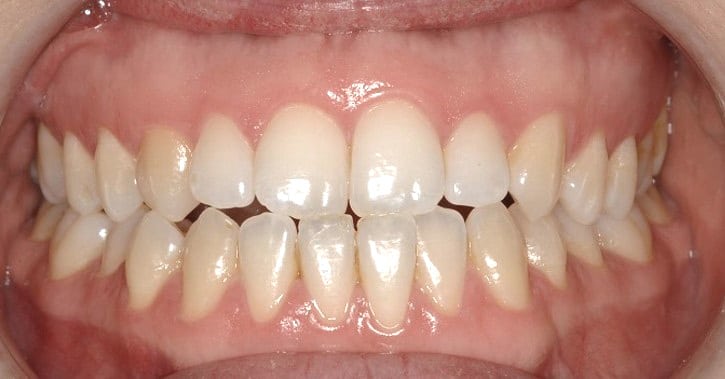
Before :
An “end-to-end” incisal occlusion results in premature wear of the free edges of the incisors. It sometimes leads to a disocclusion in the posterior teeth, which can lead to difficulty with chewing.
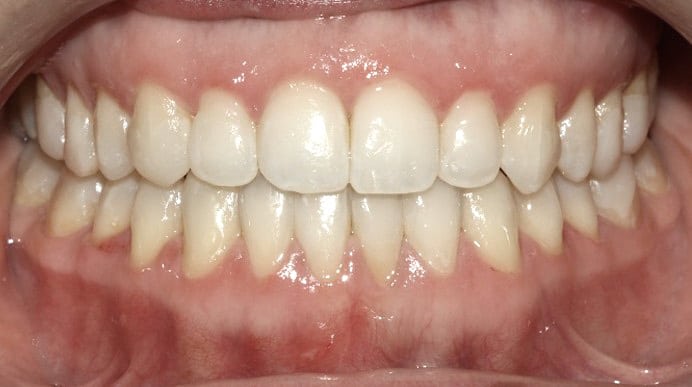
After :
The correction of the end-to-end incisal occlusion gave the patient a more aesthetic smile along with increased comfort when chewing..
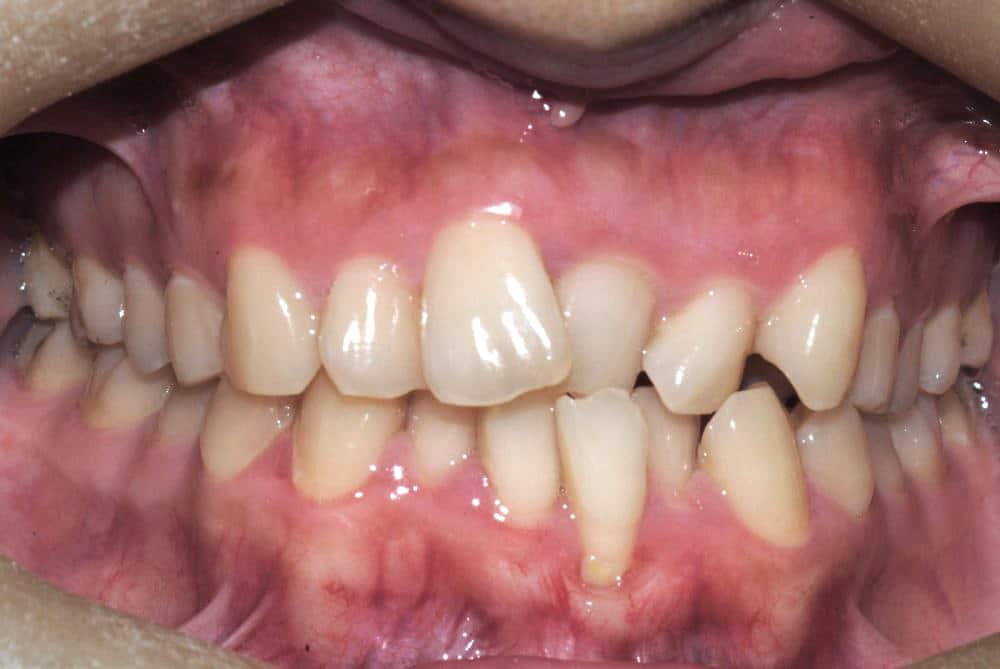
Before :
In addition to an unsightly smile, significant crowding of the teeth can make dental and interdental brushing very difficult and promote periodontal disease. On the lower incisor, we can see the dental root associated with the crowding.
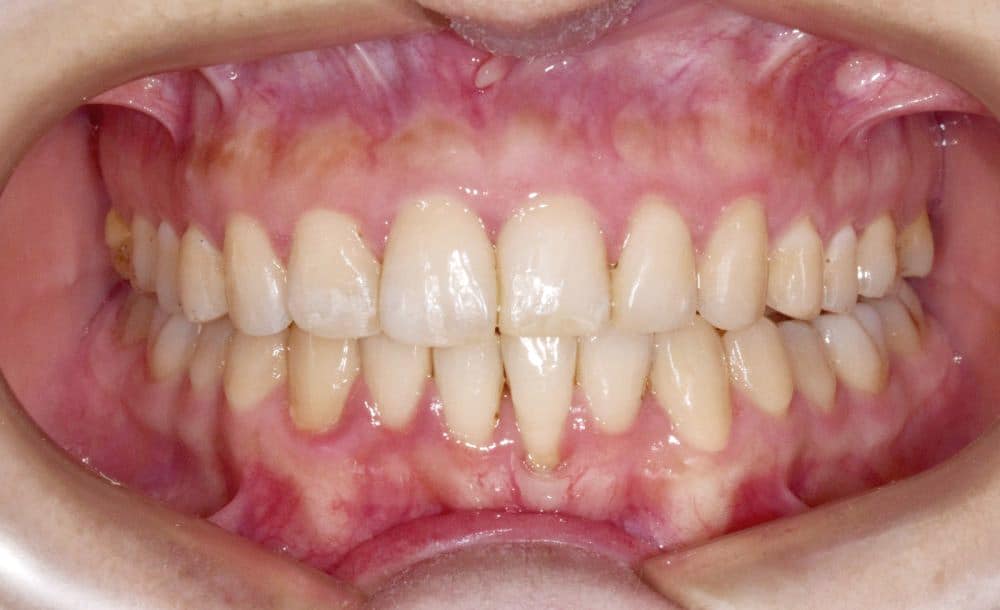
After :
The correction of the dental positions through orthodontic treatment created an improvement of the periodontal state as well as an aesthetic improvement.
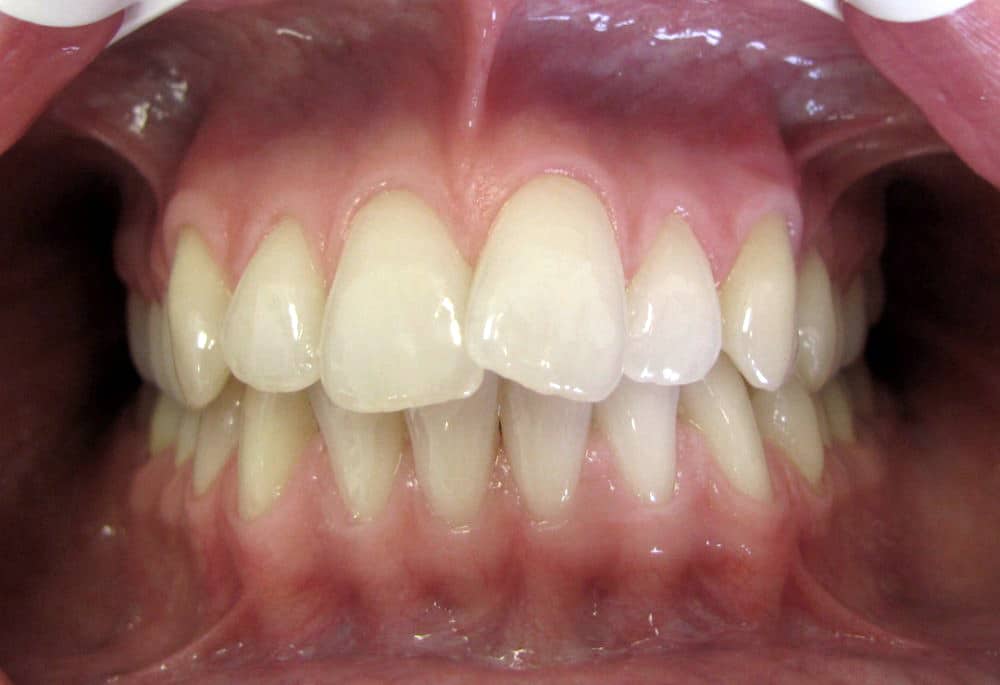
Before :
Slight crowding often results in an unsightly smile. Brushing of teeth can also be impacted by difficulty of access.
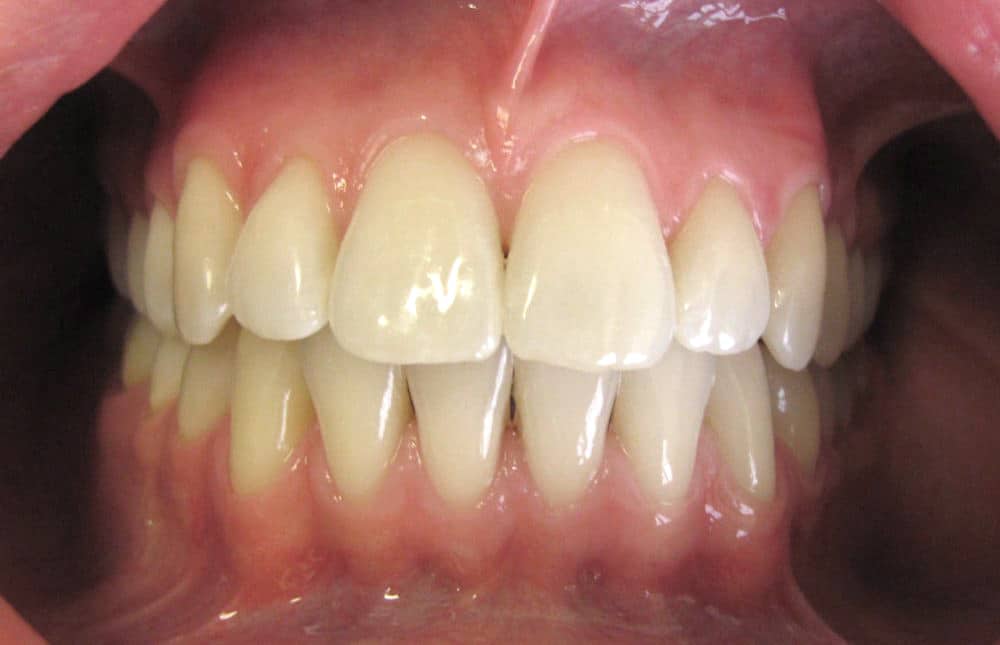
After :
The correction of the slight crowding created a correct alignment of the teeth.
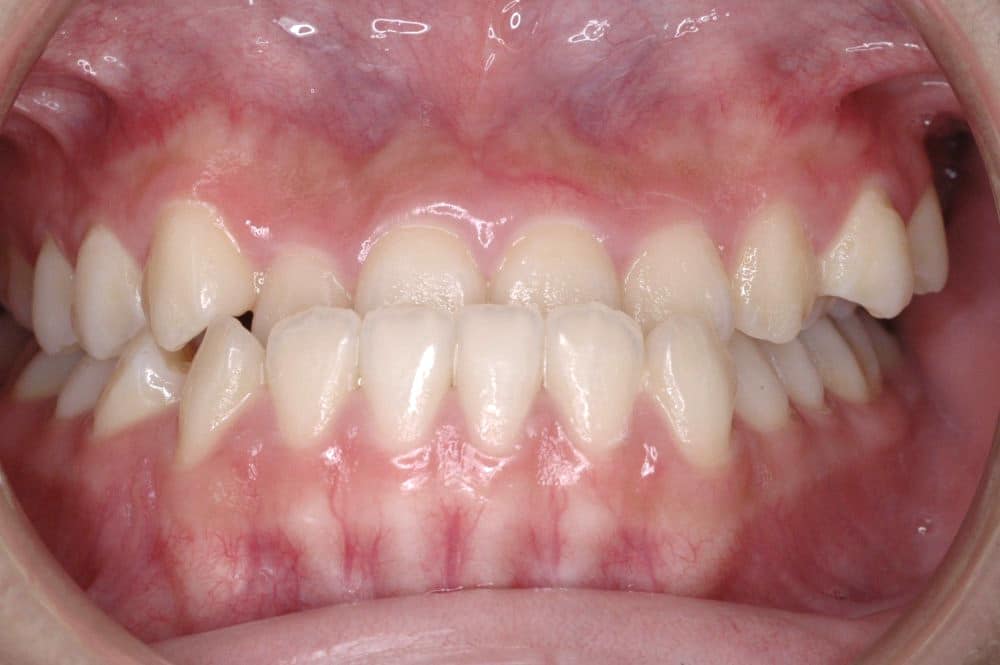
Before :
Crossbite is a rare problem in which the position of the dental arches is reversed. It will cause all the common problems: chewing, speech, unsightly smile and long-term joint problems. Correcting crossbite is very important.
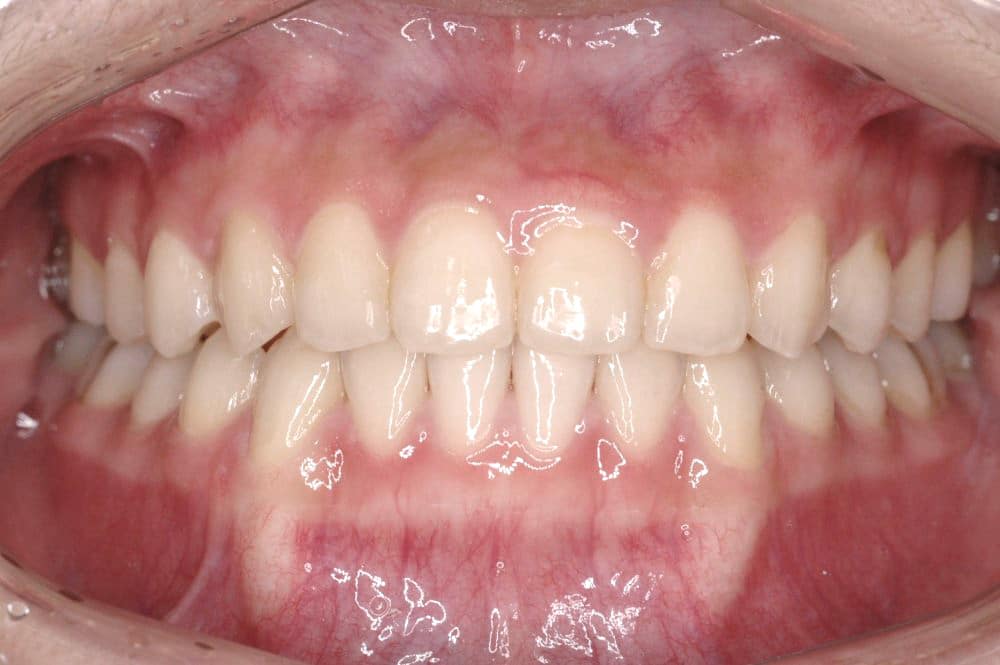
After :
The correction of the crossbite has rectified all necessary features of a relationship between the two arches.
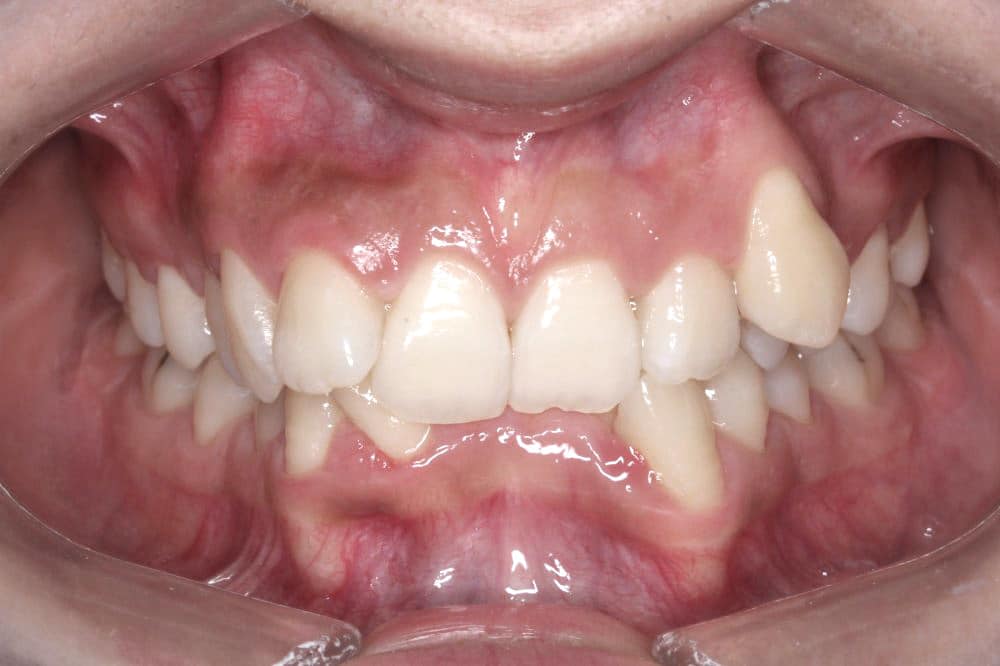
Before :
The deep bite, as its name suggests, is the act of biting too deeply. This will result in premature wear of the teeth and the aggravation of the phenomenon will cause bites in the palate, extremely painful for the patient.
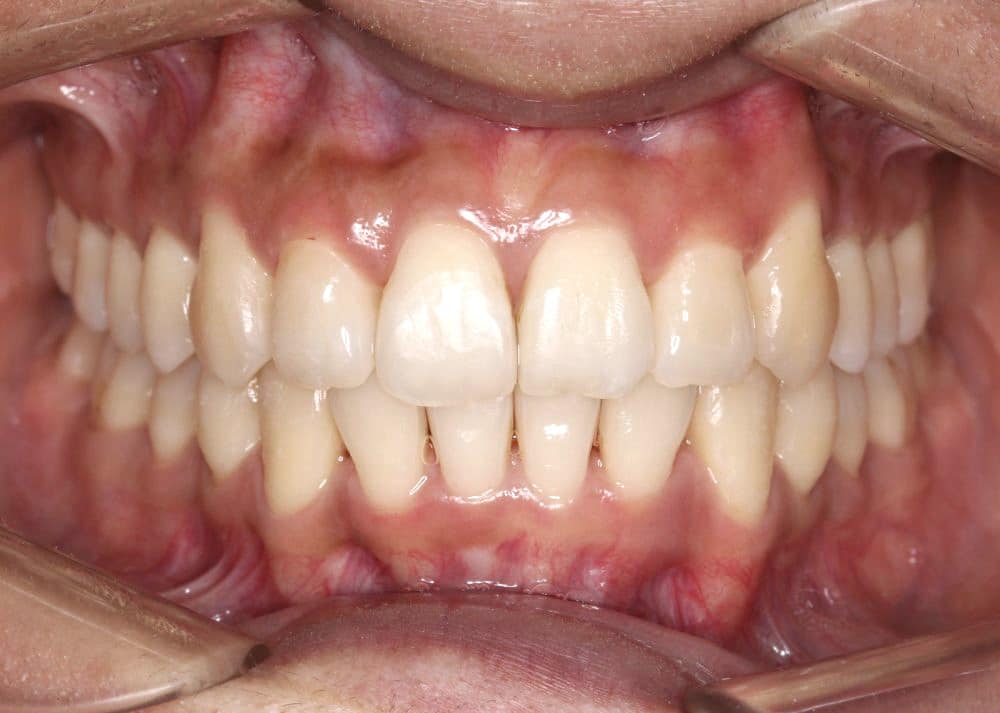
After :
The correction of deep bite enables the patient to find a perfect relationship again between the incisors as well as a much more harmonious and aesthetic smile.
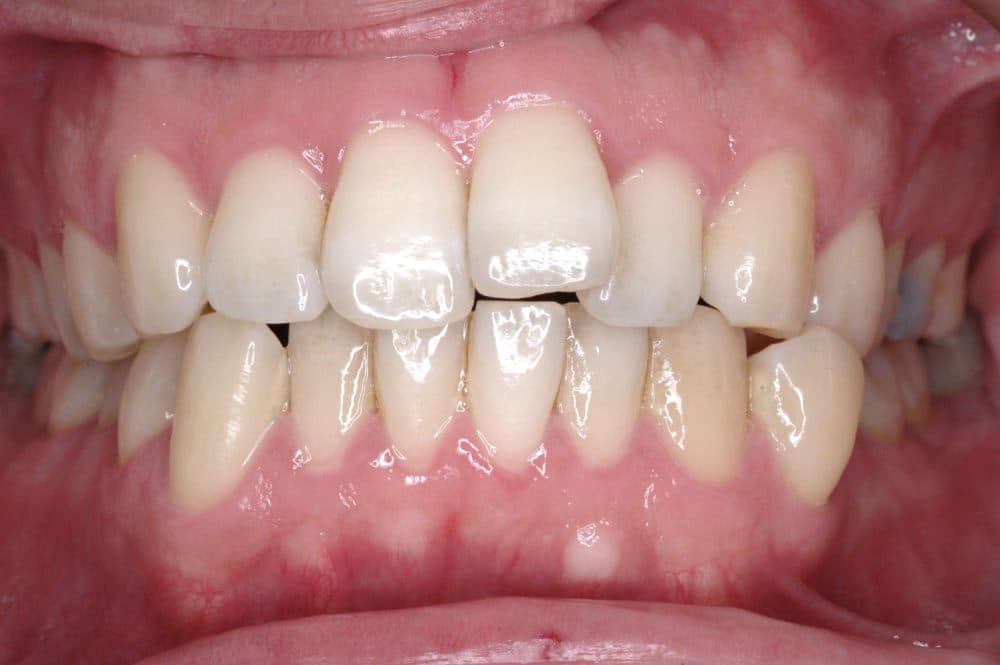
Before :
Often unsightly and sometimes associated with periodontal problems.
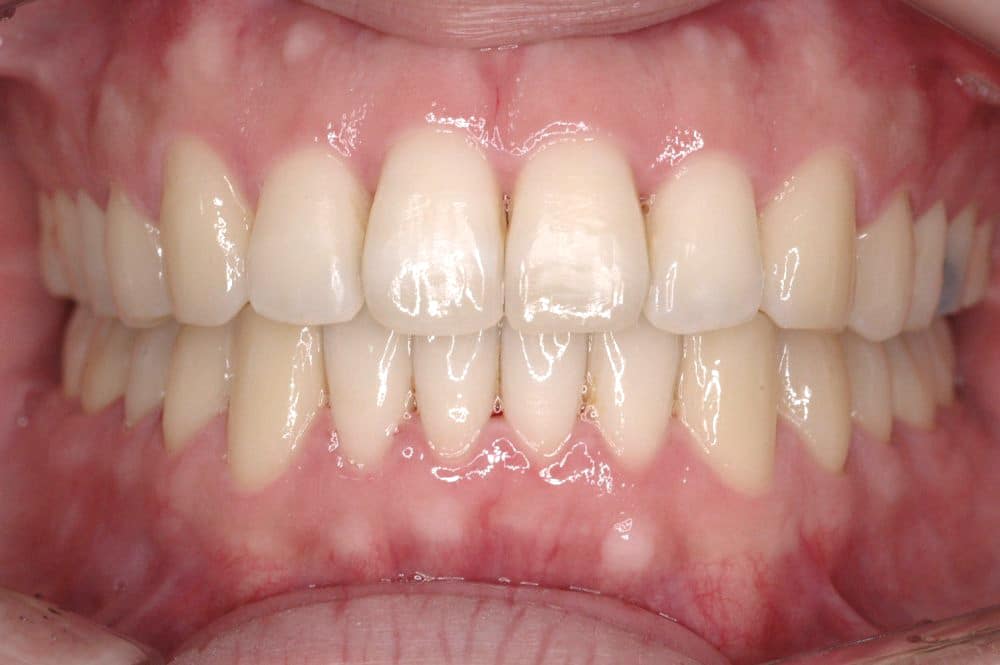
After :
In just a few months, the correction restored some symmetry to the incisors.
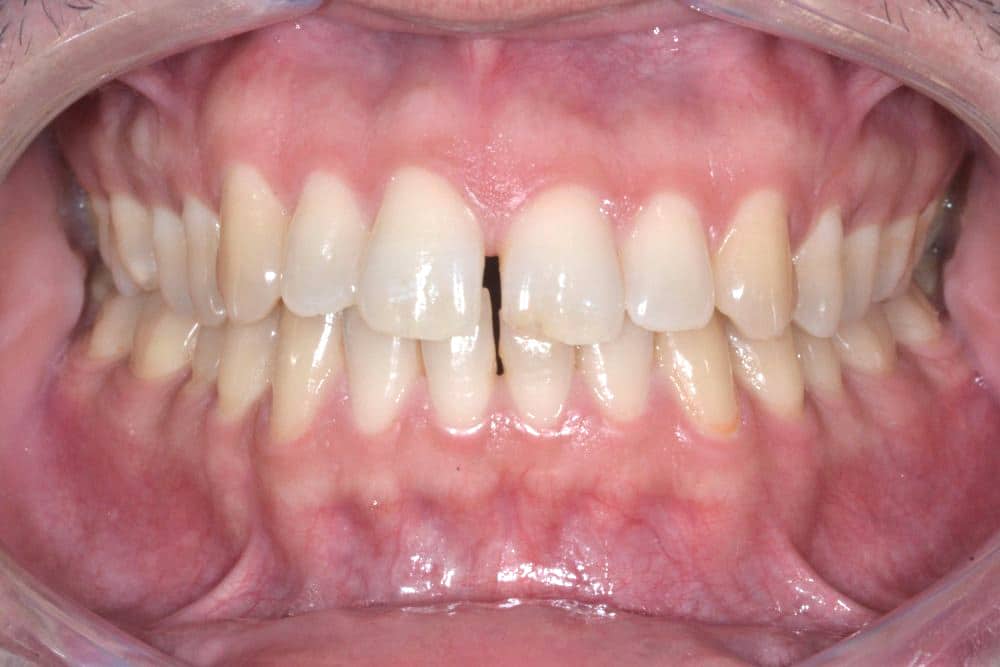
Before :
A diastema creates an unsightly smile as it breaks the symmetry of the teeth.
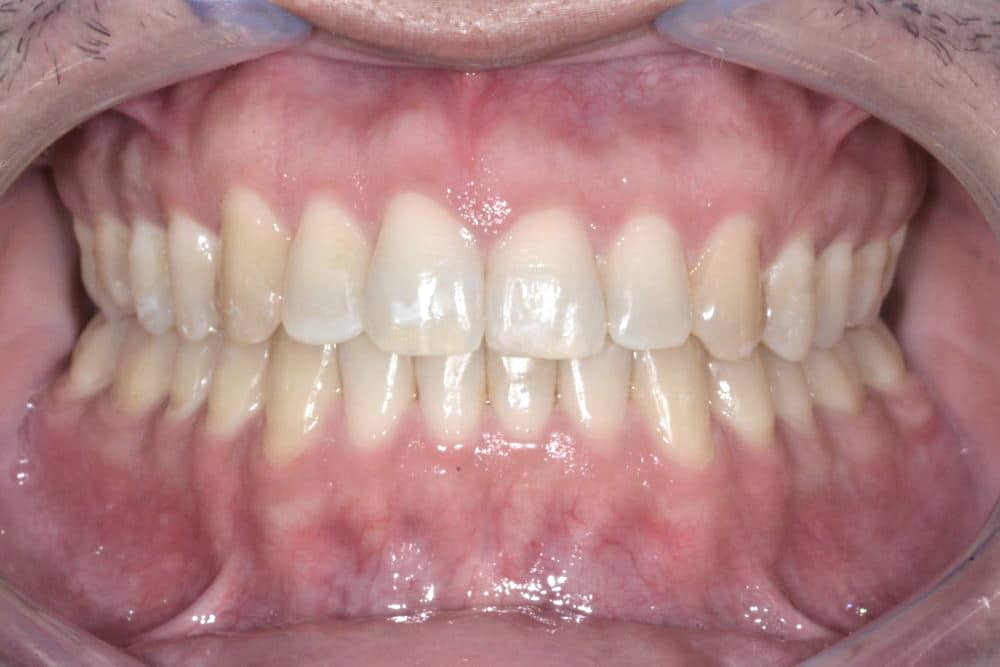
After :
In just a few months, quick corrective treatement closed the diastema. Dental symmetry has been restored.
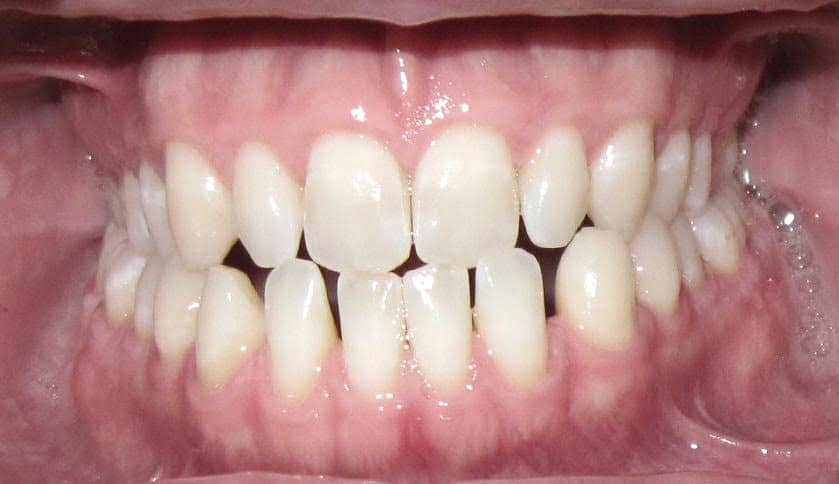
Before :
Gaps between the teeth can cause several inconveniences for the patient: an unsightly smile as well as food constantly getting stuck
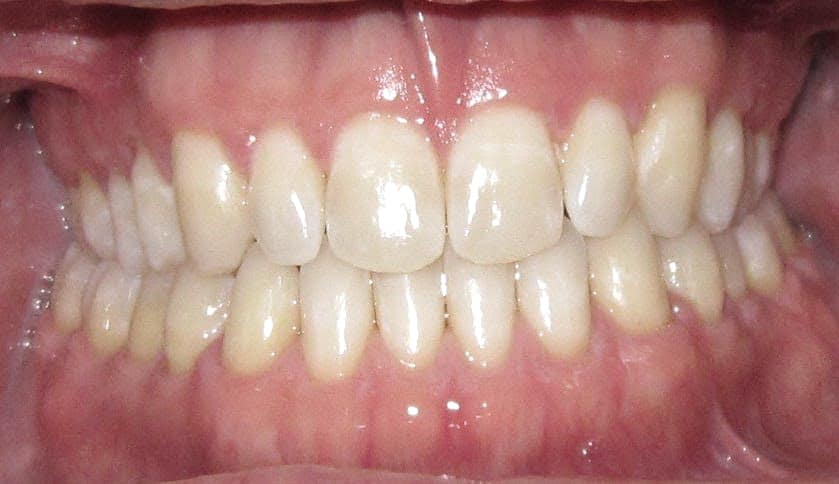
After :
Closing the spaces stopped food getting stuck. It also improved the appearance of the patient’s teeth.
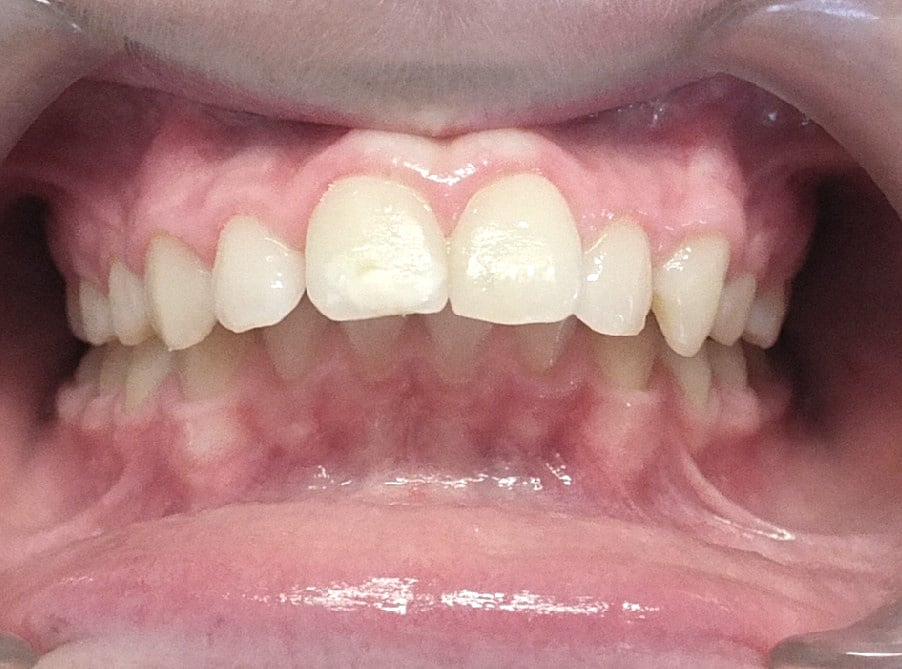
Before :
This problem can sometimes be due the teeth, or the bone (it is actually the upper jaw which sits too far forward, not the teeth). Wearing dental elastics between the jaws will reduce this unattractive misalignment.
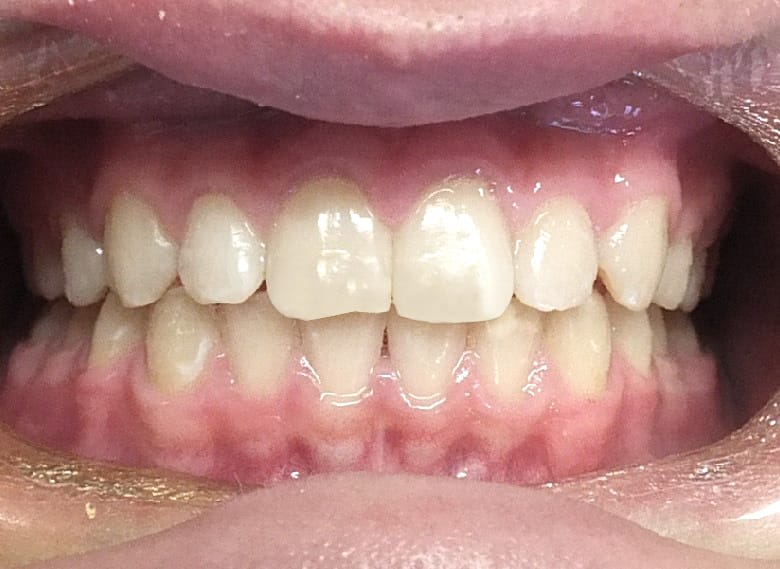
After :
In addition to dental aesthetics, the patient’s profile has also been modified. This means two improvements to the overall aesthetics : dental and facial.







